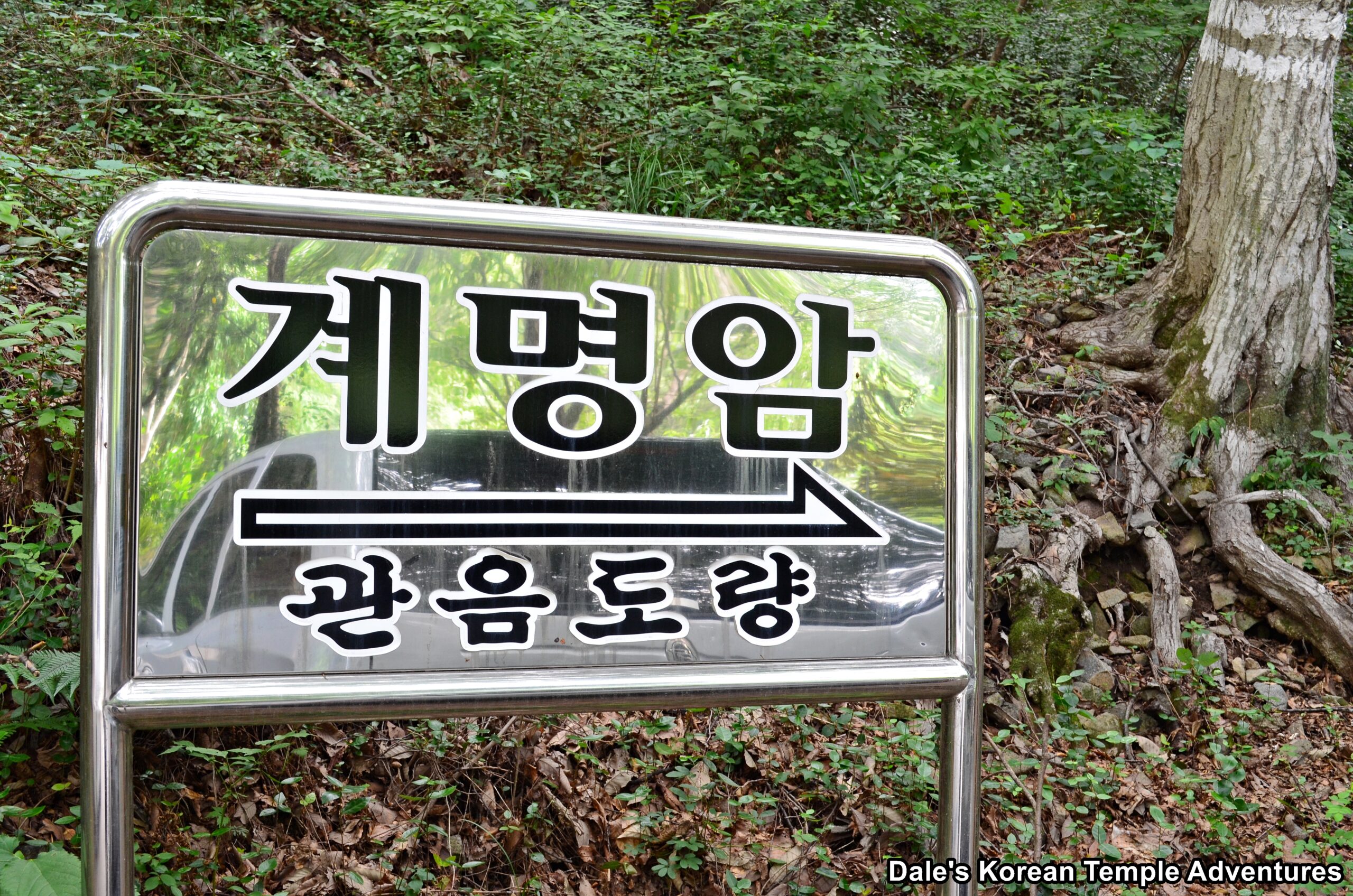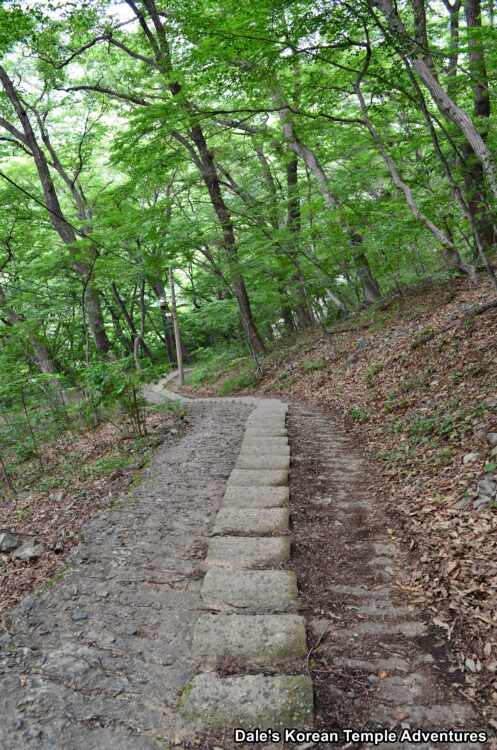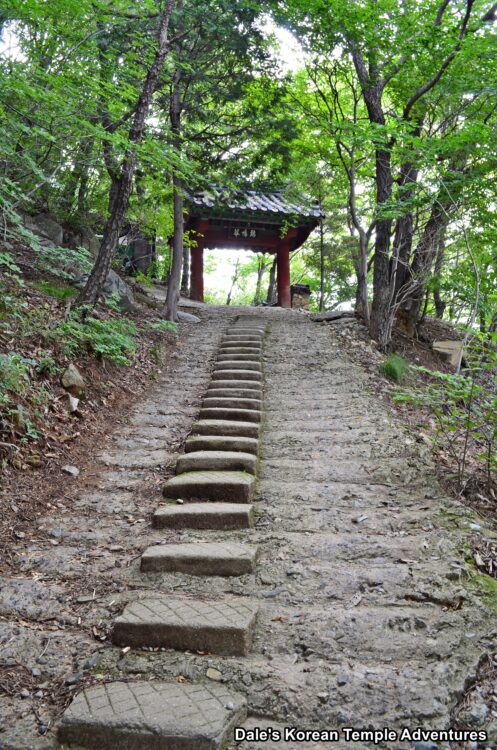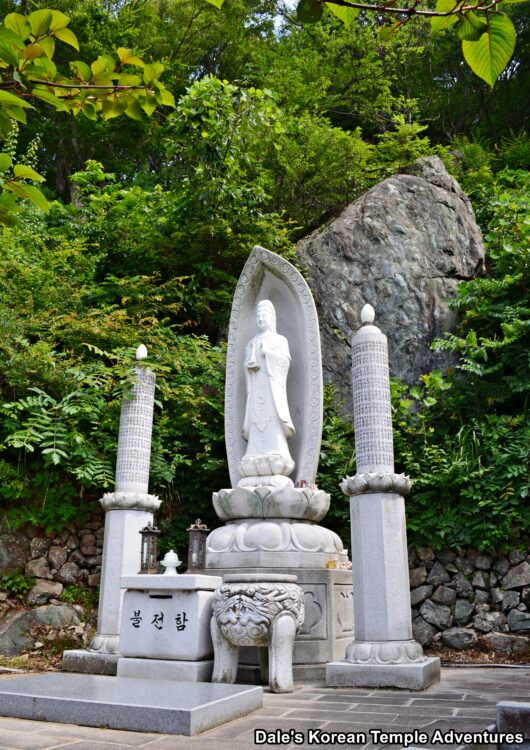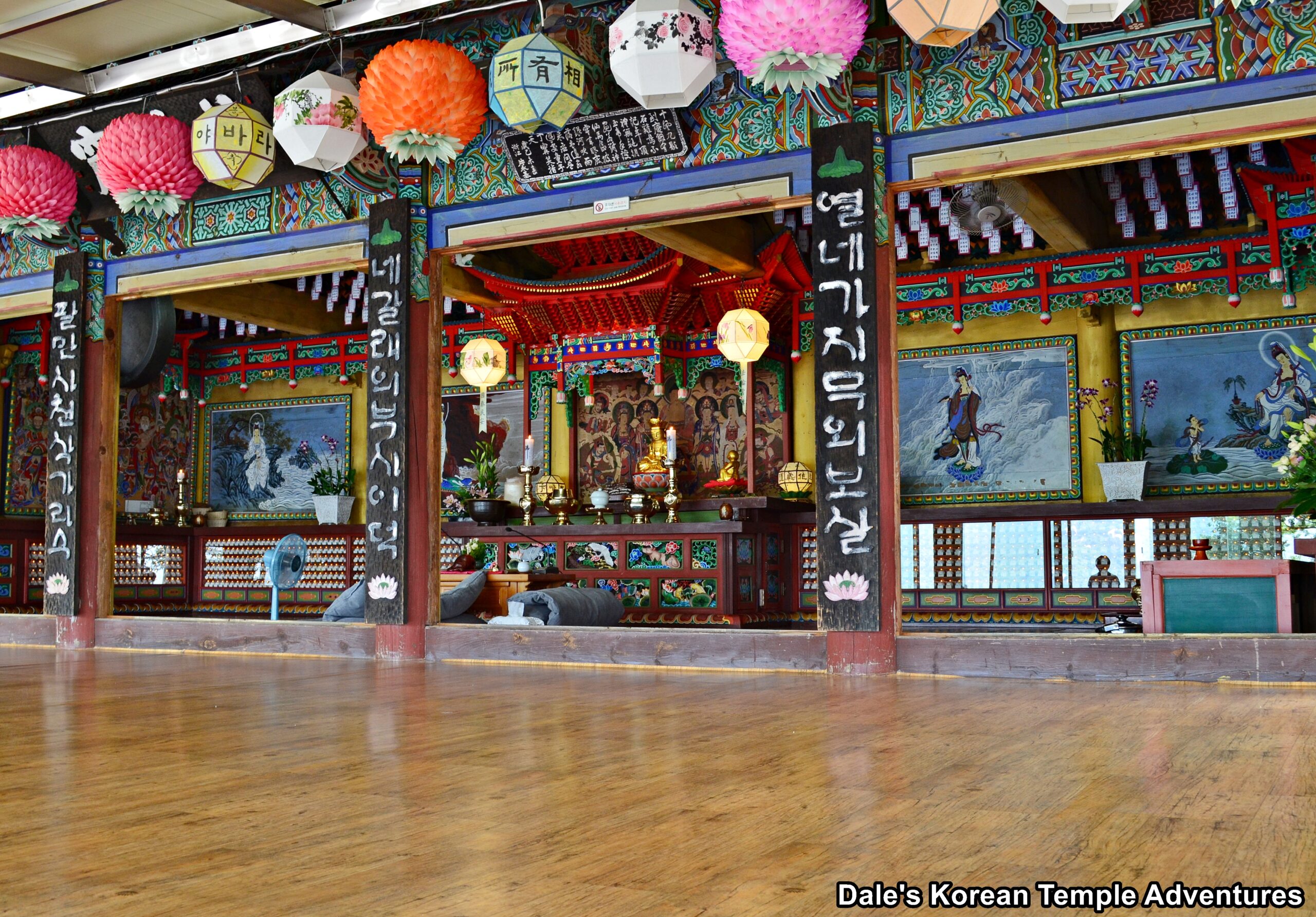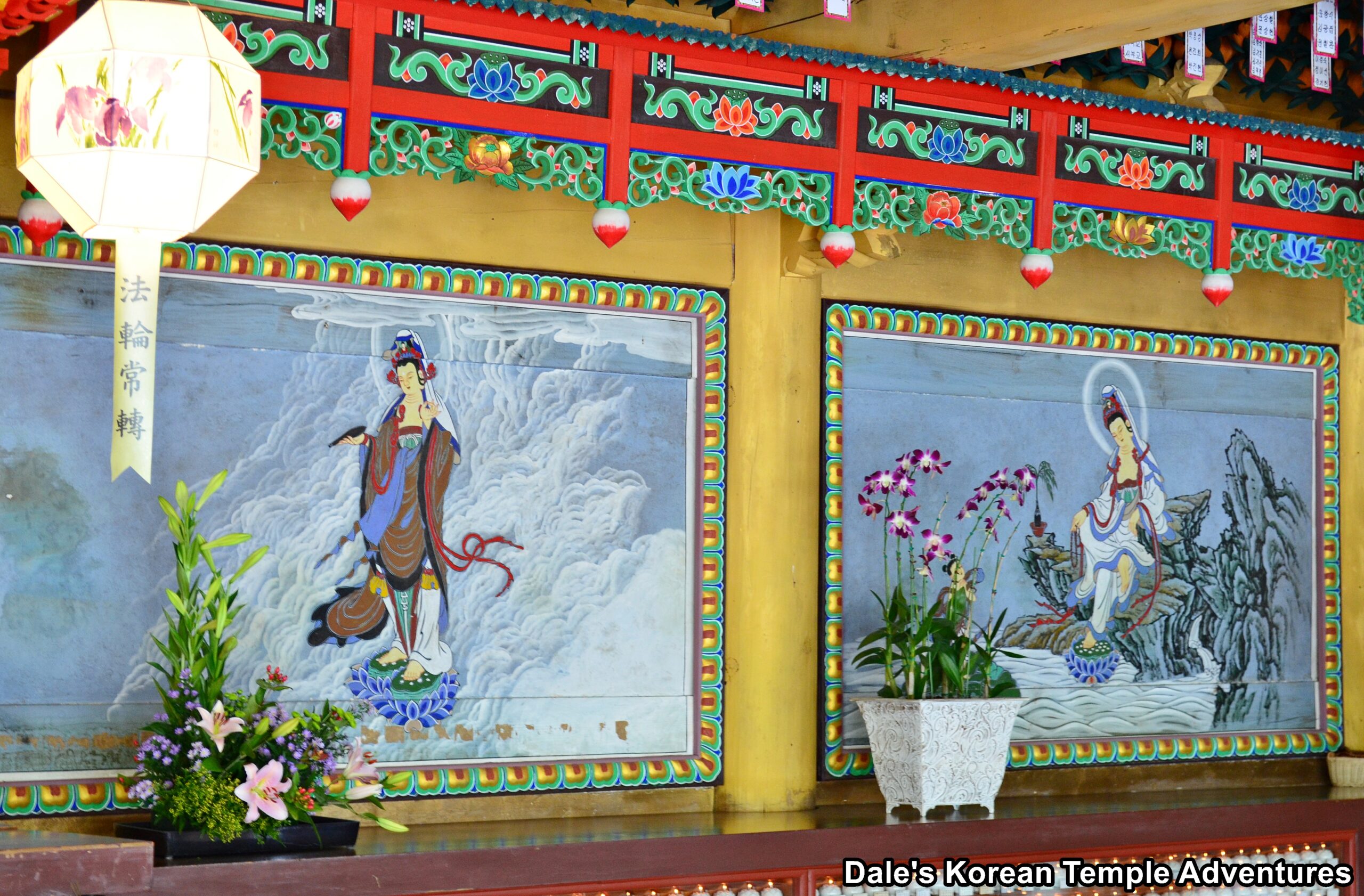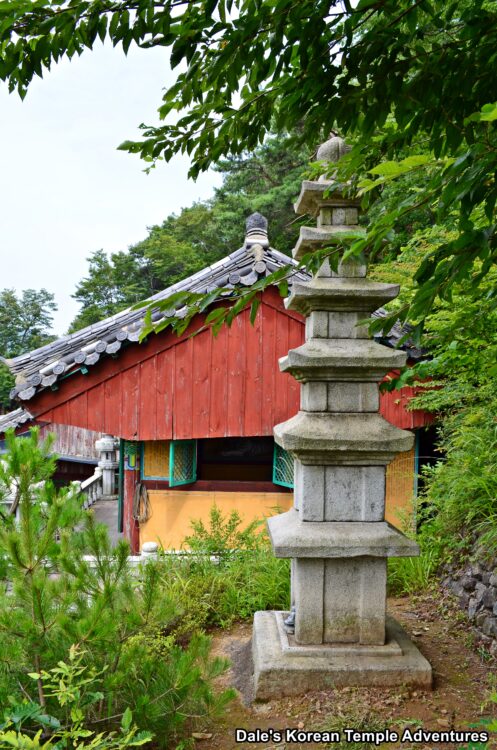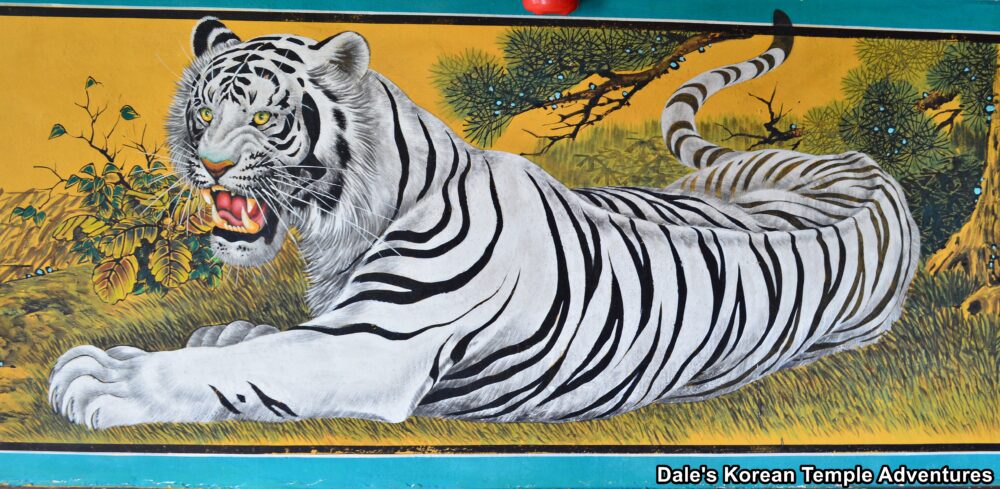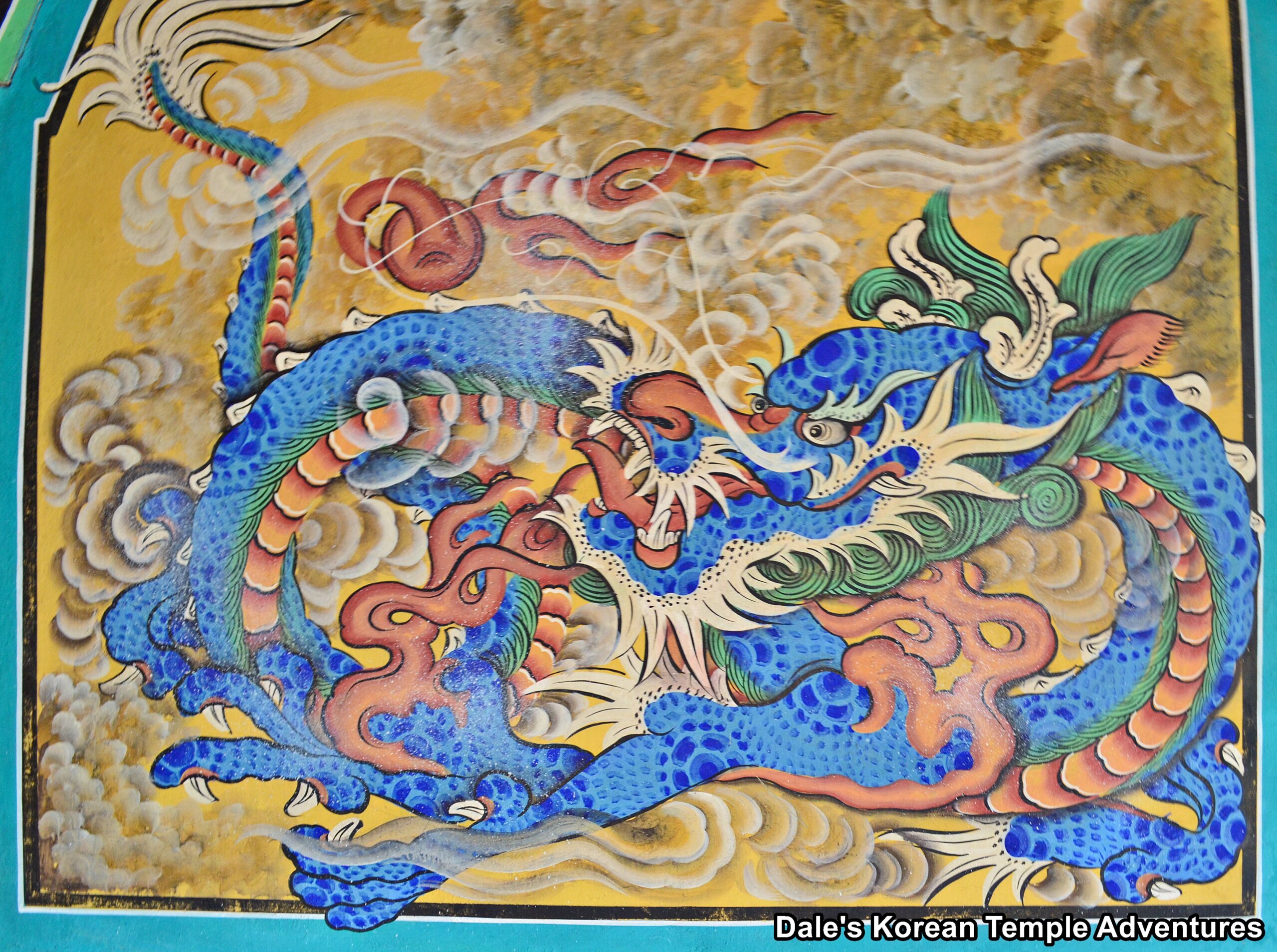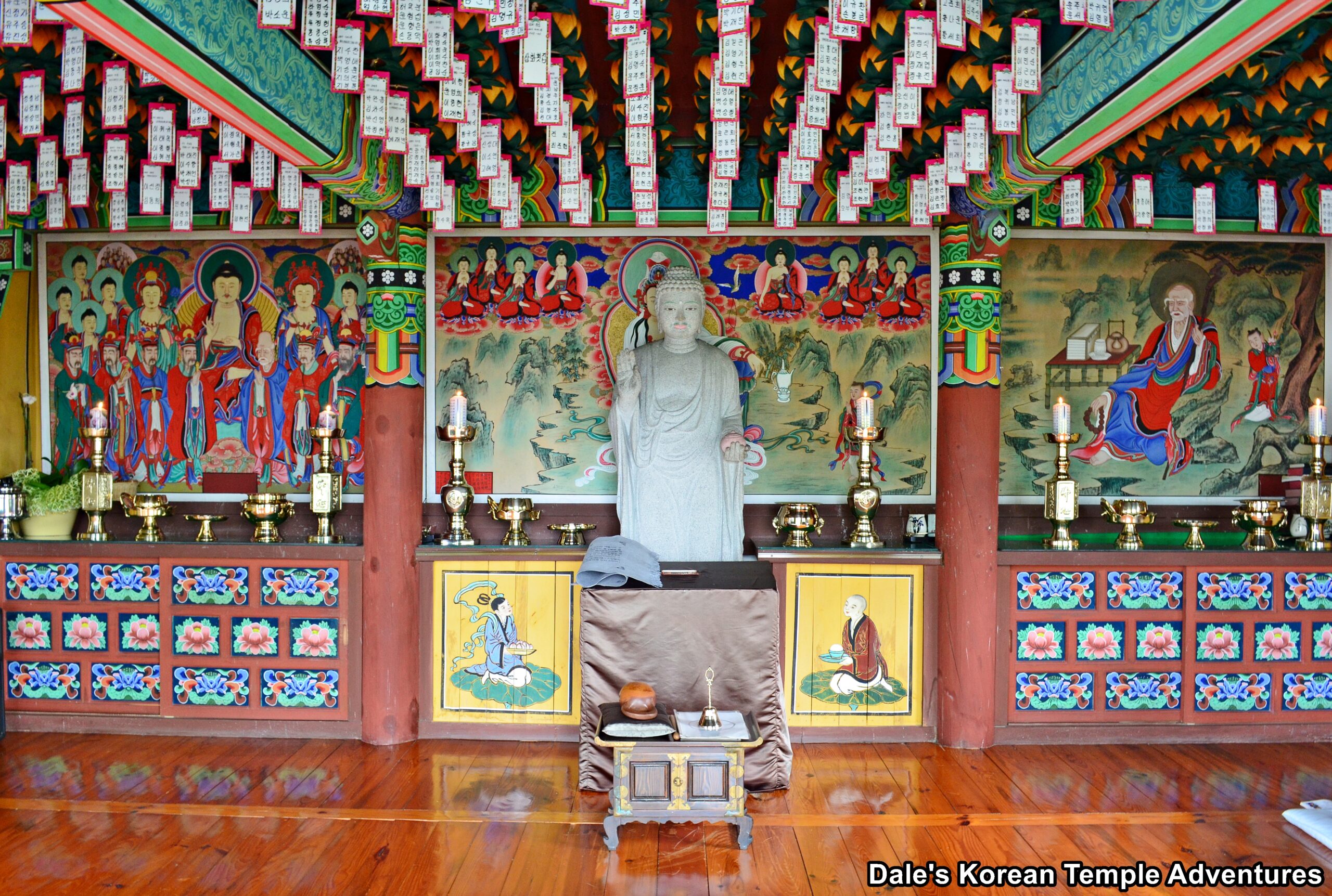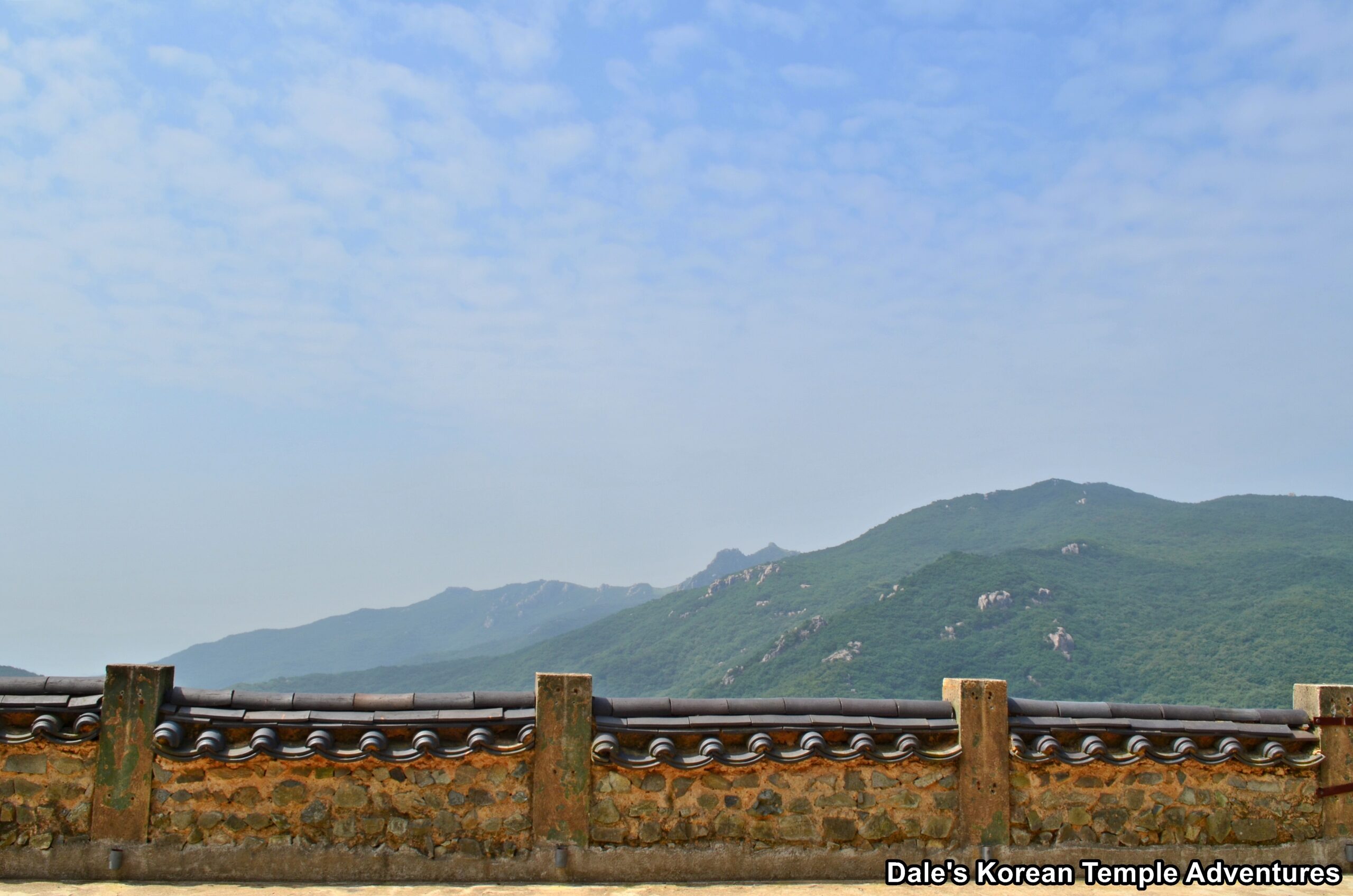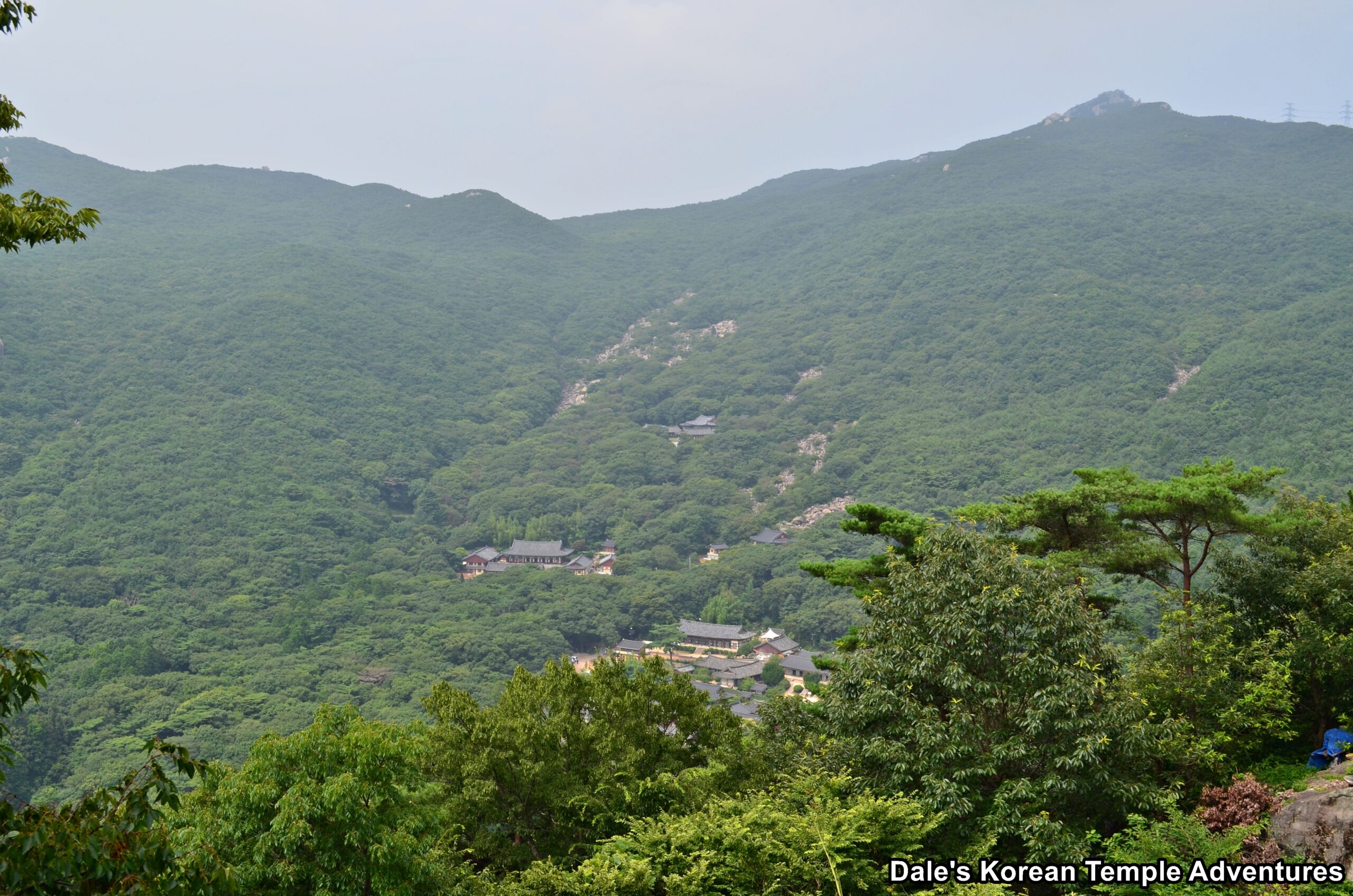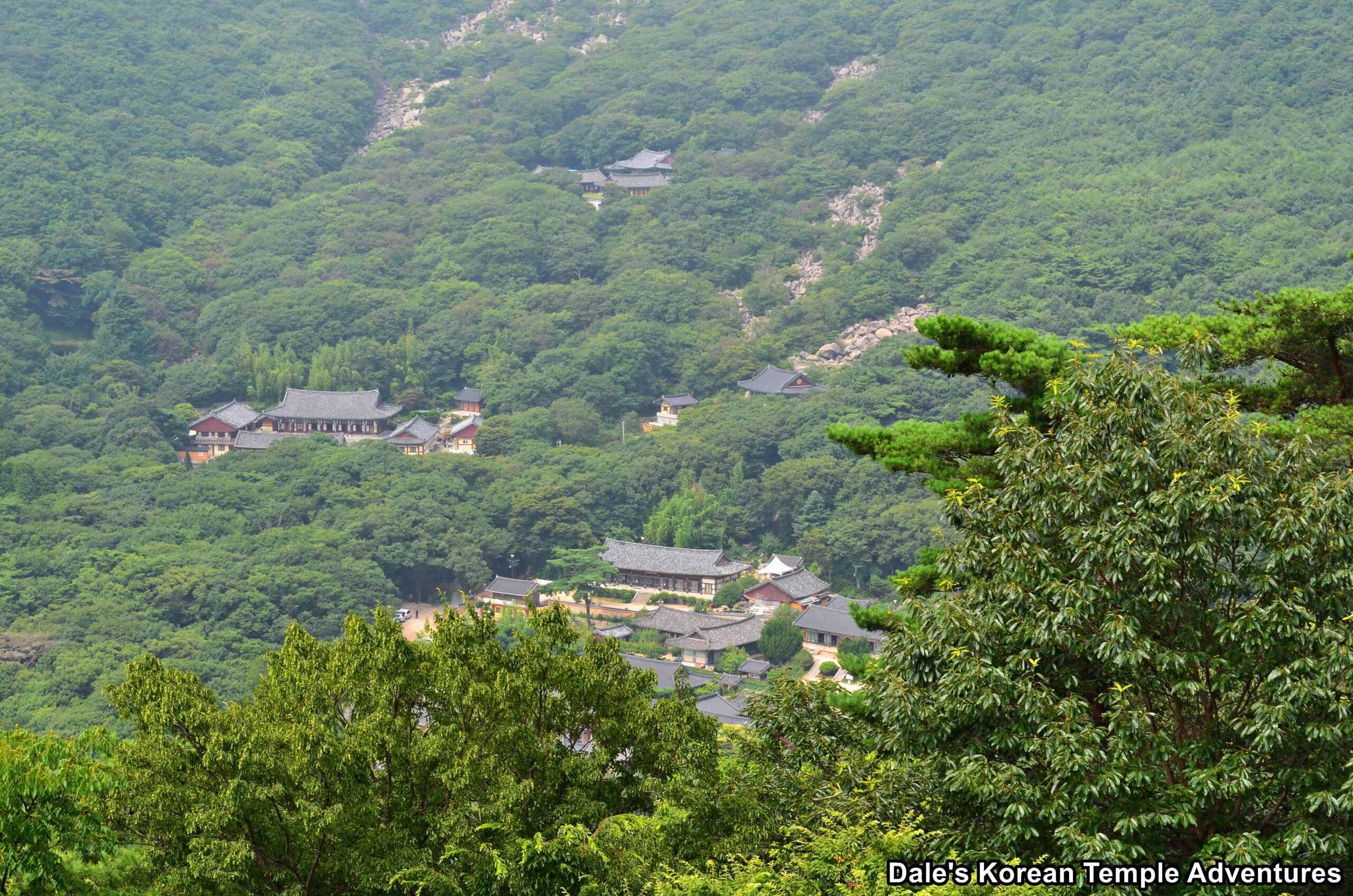Gyemyeongam Hermitage – 계명암 (Geumjeong-gu, Busan)
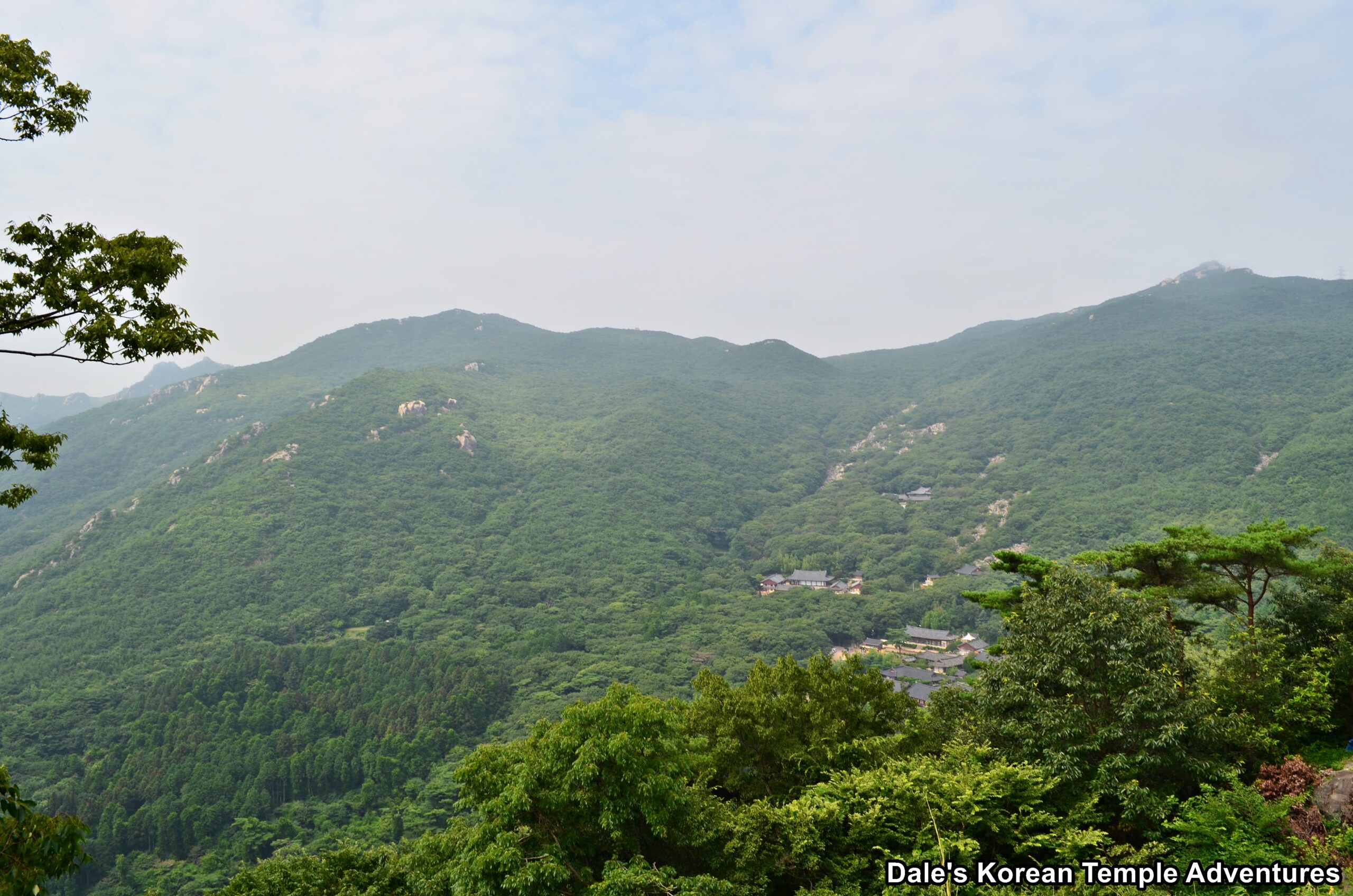
Hermitage History
Gyemyeongam Hermitage is located in Geumjeong-gu, Busan on the Beomeosa Temple grounds. More specifically, it’s located to the northeast of Beomeosa Temple about midway up Gyemyeong-bong Peak (599.8 m), which is part of the Mt. Geumjeongsan (801.5 m) mountain range. Gyemyeongam Hermitage means “Rooster’s Crow Hermitage” in English.
The exact date of the hermitage’s founding is unknown. However, it’s believed that the hermitage dates back to Unified Silla (668-935 A.D.). It’s believed that Gyemyeongam Hermitage gets its name from when Uisang-daesa (625-702 A.D.) was searching for a temple site one night when he heard a rooster crow.
Gyemyeongam Hermitage was reconstructed after 1592 after the Imjin War (1592-1598). In 1903, the monk Gyeongheo (1849-1912) visited Gyemyeongam Hermitage. It was here that he wrote “Beomeosa Gyemyeongam Changseol Seonsaji – 범어사 계명암 창설 선사기,” or “The History of the Establishment of Gyemyeongam Hermitage of Beomeosa Temple.” This illustrates the importance that Gyemyeongam Hermitage played in the furtherment of Korean Buddhism at this time. And since the establishment of Gyemyeongam Hermitage as a Seonwon in the early 1900s, it only further established the hermitage as a major promoter of Korean Buddhism during a tumultuous time in Korean history.
Hermitage Layout
You first make your way up towards Gyemyeongam Hermitage along the side of the mountain. At times, this 500 metre long stretch of trail can be a bit steep, so be prepared. The first sign that you’re nearing the hermitage grounds is the weathered Iljumun Gate. And it’s also from this vantage point that you’ll start to see the beautiful panoramic view from the heights of the hermitage.
Continuing up the trail, and after having passed through the Iljumun Gate, you’ll next come across the monks’ dorms and administrative office at Gyemyeongam Hermitage. Next to these buildings, but before visiting the Gwaneum-jeon Hall, you’ll find an outdoor shrine dedicated to Gwanseeum-bosal (The Bodhisattva of Compassion). This is a newer image of the Bodhisattva of Compassion. The slender image is surrounded by a simplistic mandorla, or “geosingwang” in Korean.
Continuing along, you’ll next come to the Gwaneum-jeon Hall. The main hall is squeezed up against the neighbouring rock face to the rear. And the front has an extension added to it for all the visitors that might come to the hermitage on special occasions. However, the extension looks haphazard, and it isn’t the most graceful-looking structure that I’ve seen at either a temple or hermitage in Korea. Inside the Gwaneum-jeon Hall, you’ll find a solitary image of Gwanseeum-bosal (The Bodhisattva of Compassion) on the main altar. There are four additional murals of Gwanseeum-bosal inside the main hall. To the left of the main altar is a rather large Shinjung Taenghwa (Guardian Mural).
To the right of the main hall is a shaman shrine hall with a twist. The exterior walls to this shrine hall are adorned with a fierce blue dragon and a white tiger. Stepping inside this shaman shrine hall, and instead of having the typical triad of Sanshin (The Mountain Spirit), Dokseong (The Lonely Saint) and Chilseong (The Seven Stars), this triad is centred by a mural dedicated to Gwanseeum-bosal. And it’s fronted by a stone statue dedicated to Yaksayeorae-bul (The Medicine Buddha, and the Buddha of the Eastern Paradise). To the right of these two images is an image of Dokseong (The Lonely Saint) and to the left is that of Chilseong (The Seven Stars). Conspicuously absent is an image of Sanshin (The Mountain Spirit).
But the main reason, or at least one of the main reasons, you’ve made your way up to Gyemyeongam Hermitage is for the view. The view of both Busan and Beomeosa Temple in the valley below is stunning. Together, they make for quite the beautiful view out in front of the Gwaneum-jeon Hall.
How To Get There
From the Beomeosa Station subway stop, you’ll need to take exit #1. From there, you’ll need to walk about a block uphill to get to the bus stop, where you can take Bus #90. This bus will bring you directly to Beomeosa Temple. But instead of walking left towards the Iljumun Gate at Beomeosa Temple, you’ll need to hang a right towards a cluster of hermitages at Beomeosa Temple. There will be a sign halfway up between the temple and the hermitage. The sign will read “계명암” on it. Follow these signs, as they lead you right of Beomeosa Temple. Eventually, you’ll come to a small parking lot. The path will fork like a “W.” Take the trail that leads to the right. Here, you’ll finally see a large metal sign, as well as a signpost, pointing you in the right direction up the trail that leads all the way up to Gyemyeongam Hermitage.
Overall Rating: 6.5/10
Gyemyeongam Hermitage has a beautiful panoramic view of Beomeosa Temple down below and Busan off in the distance. In addition to all the natural beauty that surrounds Gyemyeongam Hermitage, you can also enjoy the interior artwork of the Gwaneum-jeon Hall or the unique combination inside the shaman shrine hall to the right of the main hall. Beomeosa Temple is home to a handful of hermitages that are definitely worth a visit, and Gyemyeongam Hermitage is one of those sites.
